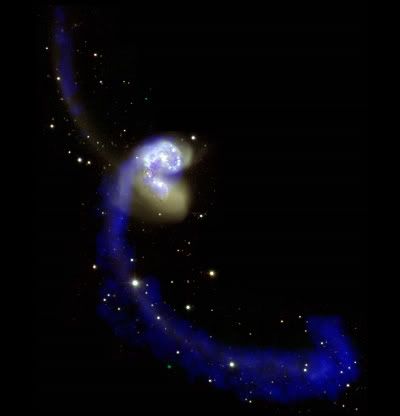
Carthographer: Hugo Ahlenius, UNEP/Grid Arendal
Dense shelf water cascades
Dense shelf water cascading is a global climate-driven oceanographic phenomenon common not only on high latitude continental margins, but also on mid latitude and tropical margins. Winter heat losses and evaporation induced by persistent, cold and dry northerly winds cause densification and mixing of coastal waters, which sink, overflow the shelf edge, and cascade downslope at high current speeds.
Through this phenomenon, dense shelf waters carrying large quantities of dissolved and particulate matter are rapidly advected hundreds of meters deep, mainly through submarine canyons, acting as a significant natural carbon sequestration and as a deep-sea ecosystem fueling mechanism. This climate-driven process, which is subjected to the intensity and duration of northerly winds and the amount of freshwater inputs, occurs annually.
Dense shelf water cascading is highly sensitive to increases in temperature, and hence, climate change.











No comments:
Post a Comment